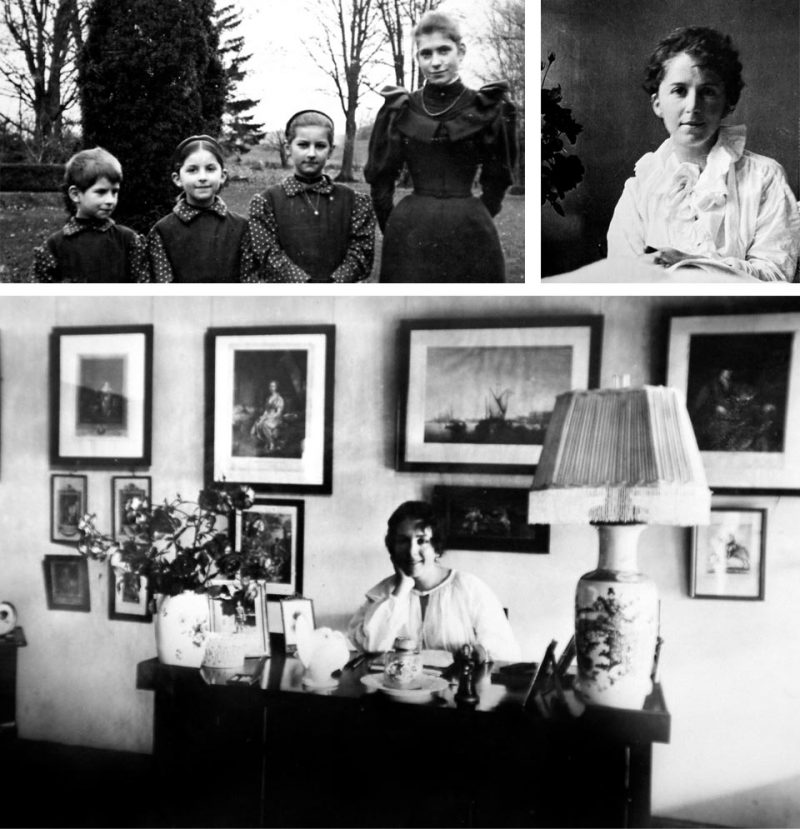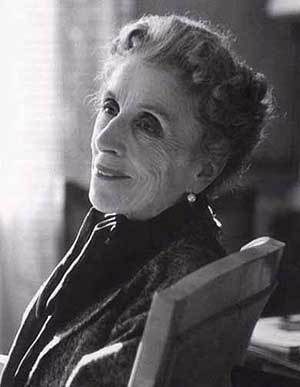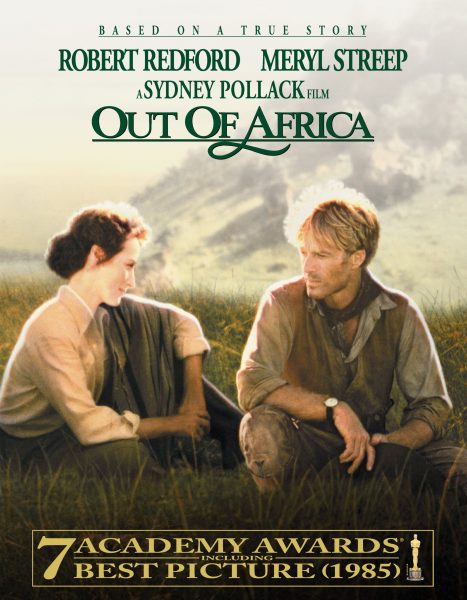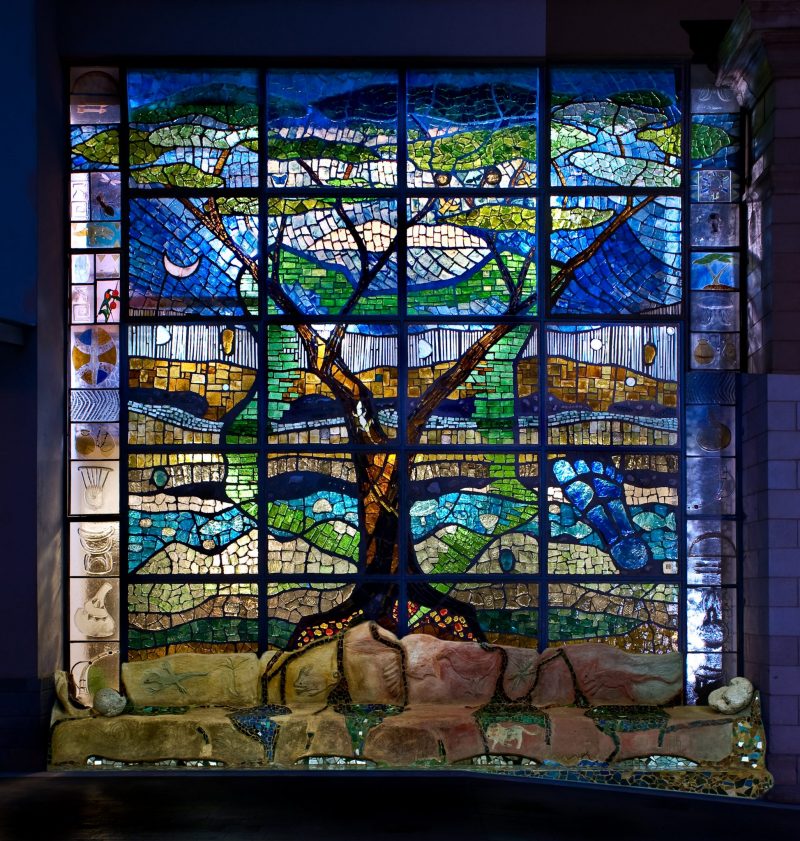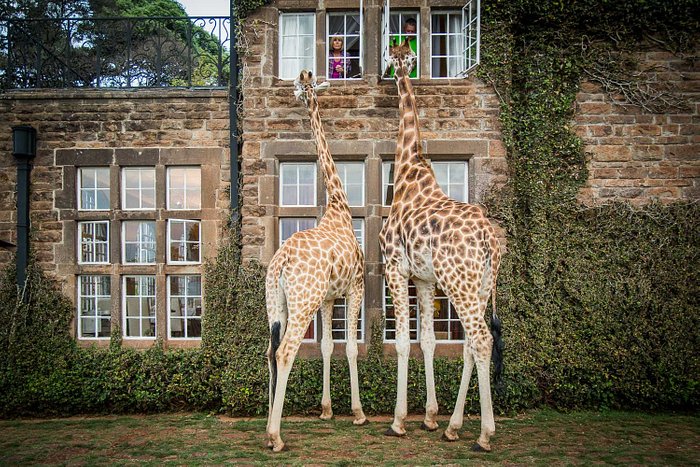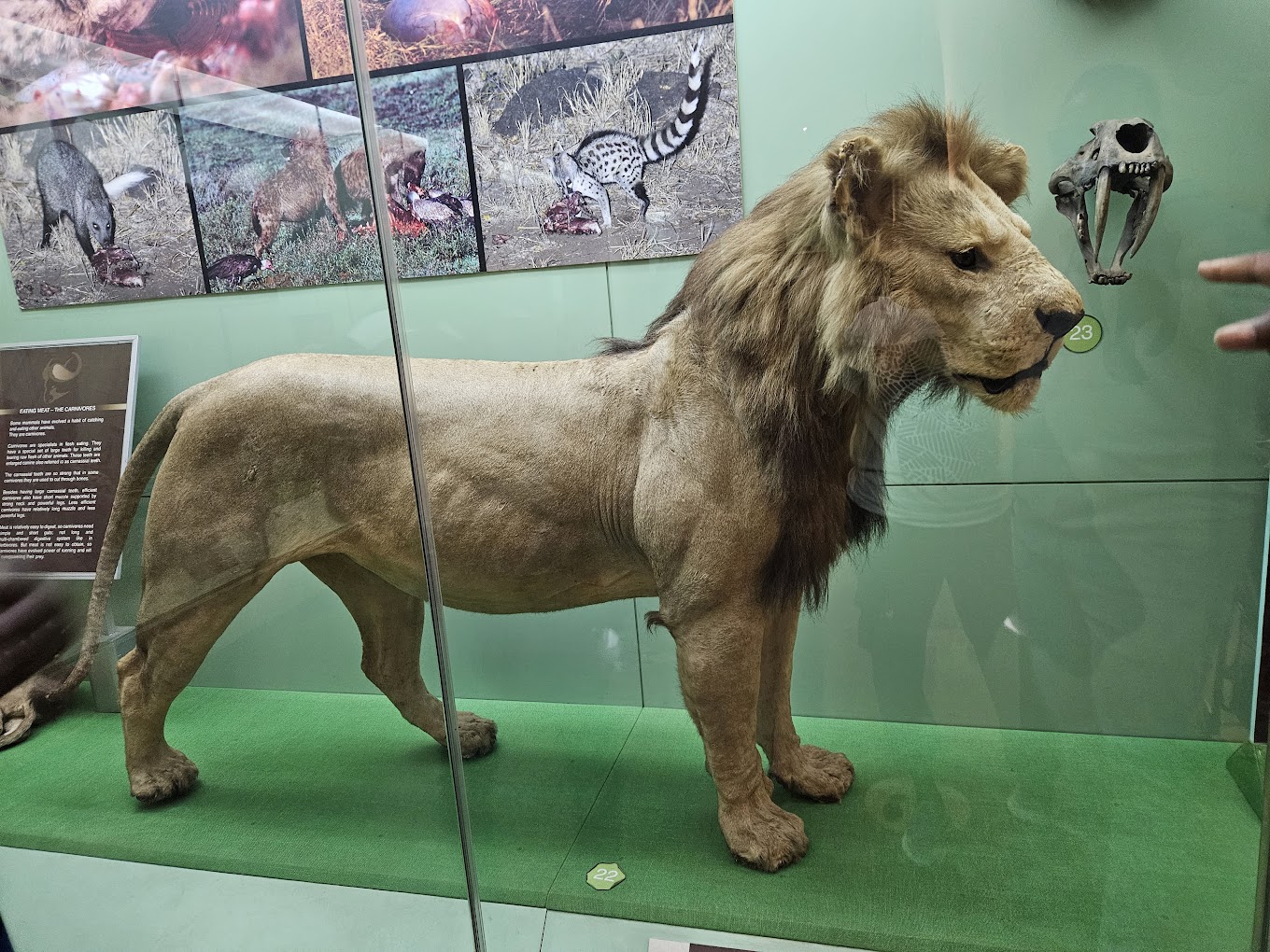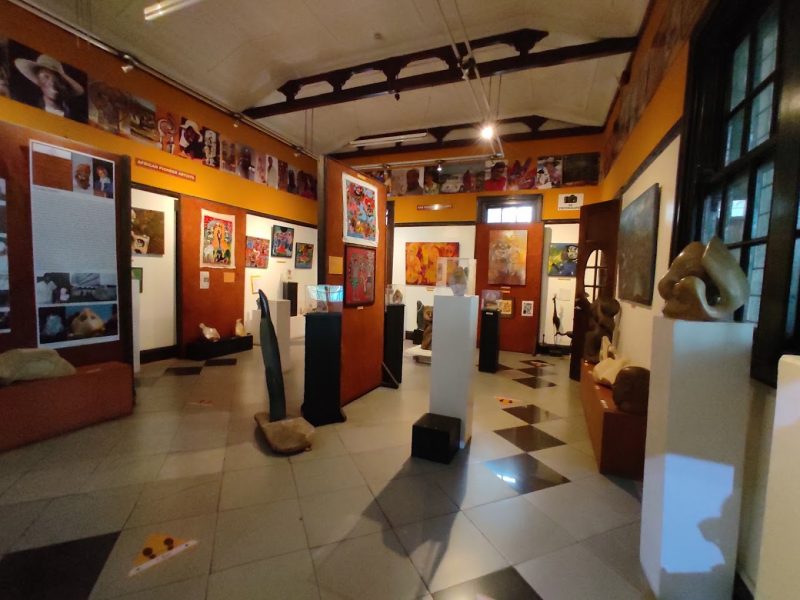Historical Karen Blixen Museum Of Kenya
Karen Blixen Museum in Karen is the site of the original farmhouse of Karen Blixen, the Danish author. The world best knows her as the author of Out of Africa. The Museum is half a mile from the Karen Country Club where guests can enjoy squash, tennis, golfing, as well as other activities.
Childhood to marriage
The 17th of April 1883 saw the birth of Karen Blixen into an aristocratic family in Rungsted in Denmark and she studied art in Copenhagen, Rome, and Paris. She began publishing short stories in Danish periodicals in 1905 using her pseudonym Osceola.
Connection to Kenya
In 1914, Karen Blixen married Baron Bror von Blixen-Finecke following a failed romance with his twin brother, the celebrated horseman Hans von Blixen-Finecke, thereby acquiring the title Baroness. They were her Swedish second-cousins. After the marriage, the couple relocated to Kenya. With funds donated by their families, they operated a coffee plantation in Nairobi.
End of marriage
During the first year of their marriage, Karen contracted syphilis, which caused medical problems. The diagnosis and the treatment of this dreadful disease would plague her. Bror, her husband, was frequently away for long periods on military campaigns or safaris. The couple divorced in 1925.
Denys Finch Hatton
After the divorce, Karen Blixen stayed on in Nairobi, Kenya. There, she operated the coffee plantation that went through various misfortune and mishap due to the miscalculation in pioneer farming and the worldwide economic depression. Karen subsequently fell in love with the safari hunter, Denys Finch Hatton, son of a titled English family. She suffered two miscarriages during their relationship. But the Writer Beryl Markham claimed to biographers that Hatton was gay. Their relationship prematurely ended in 1931 when Finch Hatton died in a plane crash.
Writing career beginnings
After losing the coffee plantation in the Great Depression and soon after Hatton’s death, Karen returned to her country manor called Rungstedlund, Denmark, where she was born. She embarked on the writing career, publishing in 1934 the Seven Gothic Tales in English under her pen name Isak Dinesen. At first, she was unable to find a publisher in England or Denmark. Eventually, it was published by Random House in America. It was her authorial debut. The book brought her to public attention for the first time.
Out of Africa
In 1938, the most famous book of Karen Blixen titled Out of Africa was published. It was a compelling memoir. The prose of this book displayed a different writing from her first book. It nostalgically looked back upon her life as a settler in Kenya on a coffee plantation. It is a musical depiction of life on a farm, with deaths, disappointments, and drought as well as tragic and great friendships. The memoir was arresting especially in its oblique references to her love story with Denys Finch Hatton.
Gained worldwide recognition
Out of Africa gained Karen worldwide recognition and sealed her reputation as an author. Today she is best known for this book for which she received the Tagea Brandt Rejselegat in 1939. It was Denmark’s highest accolade in the arts or academic life for women. Her readers were tantalized to learn the author was a woman and not a man as her masculine pen name – Isak Dinesen – suggested. They also came to know that she was a Danish baroness and that her real name was Karen Blixen. In 1985, they released a movie by the same name. Meryl Streep played Karen, and Robert Redford portrayed her hunter lover Denys.
Further literary works
When Nazis occupied Denmark during World War II, Blixen started to write her full-length novel, The Angelic Avengers under the pseudonym Pierre Andrezel and published it in 1944. The book is interpreted as an allegory of Nazism because it depicts the horrors experienced by the young women during the war.
Motion picture books
Subsequently, throughout the 1940s and 50s, she continued writing many books in earnest such as An Immortal Story, Babette’s Feast and Winter’s Tales. An Immortal Story is the story of a senior man who tried to buy youth, and in 1968 it was adapted onto the screen. Babette’s feast was adapted into a highly acclaimed motion picture too. It is the story of how an old cook was able to show her skills at a celebration. As for Winter’s Tales, they had to smuggle it out of the country through Sweden.
Philosophy of identity
The stories place emphasis on the philosophy of personal identity and underline a fascination of fate in controlling our lives. Her tales were like prose poems, complicated puzzles, violent events, cases of mistaken identity and had unexpected endings. Each story took place in another era but offered an existential flavour. Despite being Danish, Karen wrote her books in English first and translated them into her native language. Although her Scandinavian roots formed her voice, a variety of works of European literature influenced her. Blixen’s health started deteriorating throughout the 50s, and writing became impossible. She then started doing several radio broadcasts.
Fame in America
In 1959 Karen went on an American tour, during which she met Pearl Buck, Arthur Miller and Cummings who admired her writing skills. Her books had seized the imagination of the public in America. It was an era that loved short stories, and they appeared universally in traditional magazines. The Bible, Aesop’s Fables, stories of the Arabian nights, the works of Homer, as well as the fairy tales of her fellow countryman, Hans Christian Andersen, mostly influenced Blixen’s short story writing. The book of the Month Club issued her collection of books.
Nobel Prize nomination
In ’54 and ’57, Karen was nominated for the Nobel Prize in Literature but failed to win them. Some claim that this was because many personalities disliked her. Ernest Hemingway once graciously said that she should have won the prize in 1954 instead of himself.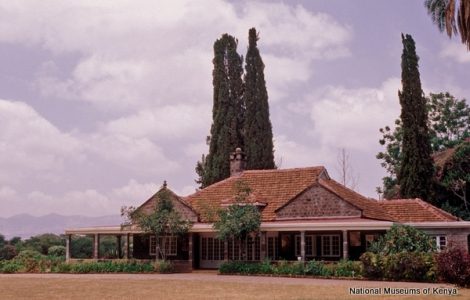
Karen Blixen Museum
In 1962, Karen Blixen died of malnutrition at the age of 77 in Rungsted, her family’s estate. Many languages still publish her books. They published much of her works after her death. In one of the former homes in Karen, the suburb where she lived in Nairobi, Kenya, is a Karen Blixen Coffeehouse as well as a Museum.
5 Frequently Asked Questions About Karen Blixen
To receive a colourful digibook about Museum with videos, images and text, please fill out the following form or simply email us on safaris@safari-center.com

